The US are working on a number of projects, but they all lack the speed of the Russian and Chinese dittos.
Others are reading now
The US are working on a number of projects, but they all lack the speed and scale of the Russian and Chinese dittos.
What is happening?

A new report from the Atlantic Council warns that the slow development of hypersonic weapons in the U.S. is creating a “battlefield asymmetry,” Axios reports.
With Russia and China advancing their programs, the U.S. faces a growing disadvantage in next-generation warfare capabilities.
Former defense officials sound the alarm

The assessment, backed by former senior U.S. defense and nuclear experts, highlights an urgent need for Washington to accelerate deployment and revamp its weapons production strategy.
Russia deploys advanced hypersonic missiles
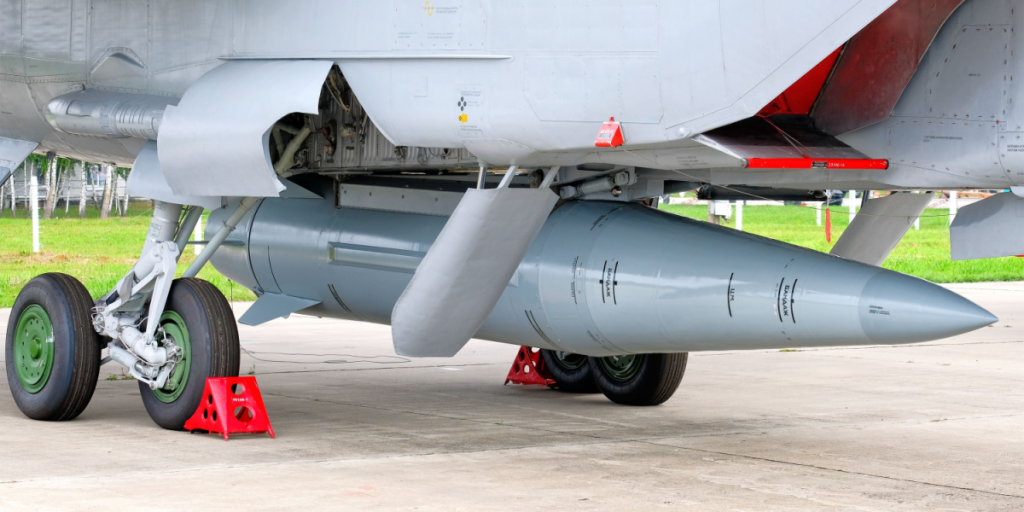
Russia has already fielded hypersonic systems, including the Kinzhal missile used in Ukraine.
Also read
Additional platforms like the Tsirkon and Avangard further showcase Moscow’s technological edge.
Ukrainian military intelligence estimates Russia will produce around 2,500 precision missiles in 2025 alone.
China accelerates missile development
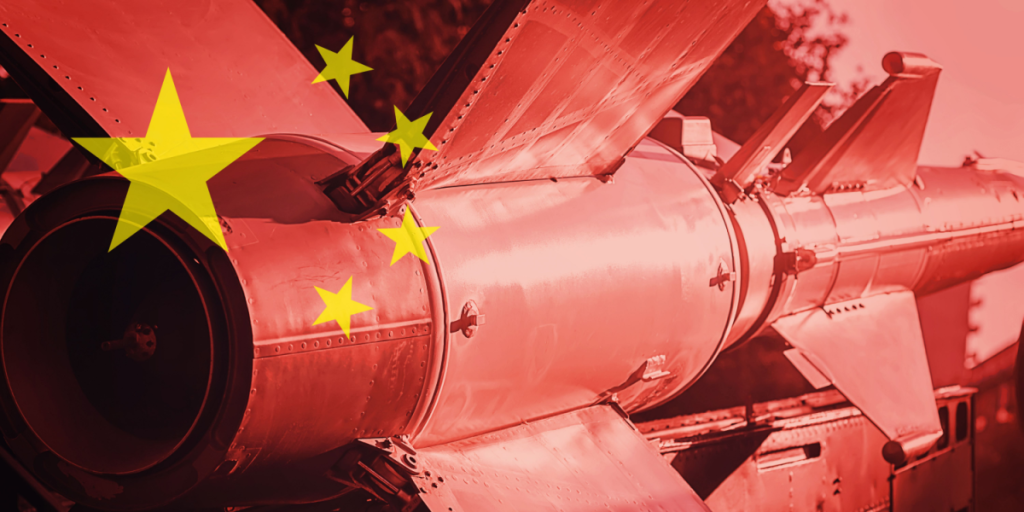
China is also moving quickly, with systems such as the DF-17 and DF-26 demonstrating its rapid progress.
These weapons are central to Beijing’s broader military modernization and pose a growing challenge to U.S. influence in the Indo-Pacific region.
U.S. programs in development
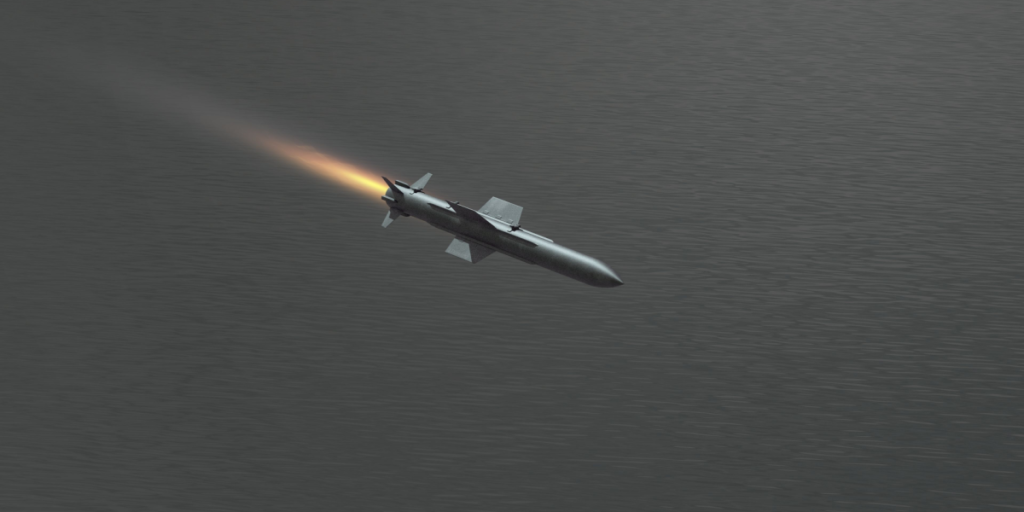
The U.S. is working on several hypersonic systems, including the Long-Range Hypersonic Weapon, Conventional Prompt Strike, Air-Launched Rapid Response Weapon, and Hypersonic Attack Cruise Missile.
Also read
But these programs have yet to match the speed or scale of their Russian and Chinese counterparts.
Why hypersonics are hard to stop
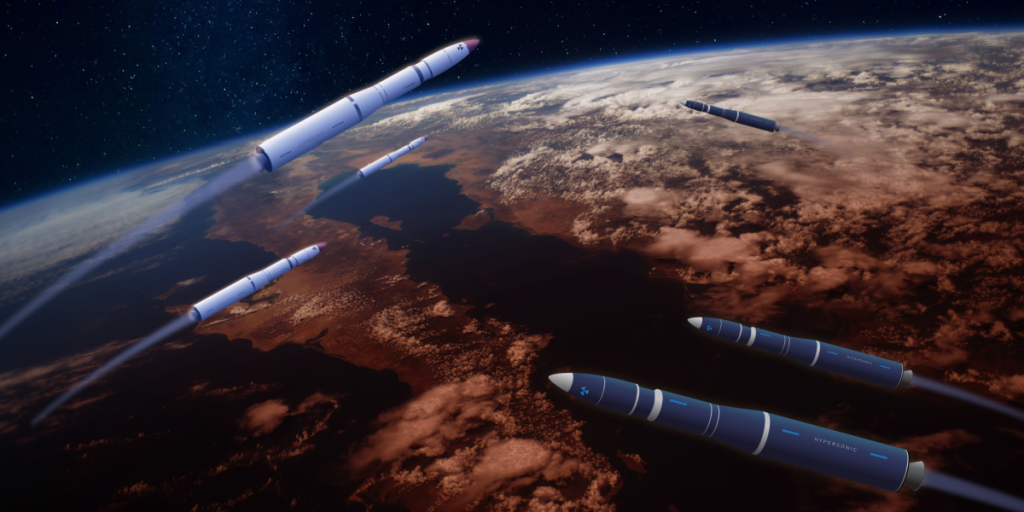
Hypersonic missiles can travel over Mach 5—more than 3,800 mph—allowing them to strike with little warning.
Their speed and maneuverability make them especially difficult to intercept, even with today’s most advanced missile defense systems.
Patriot system faces growing limitations
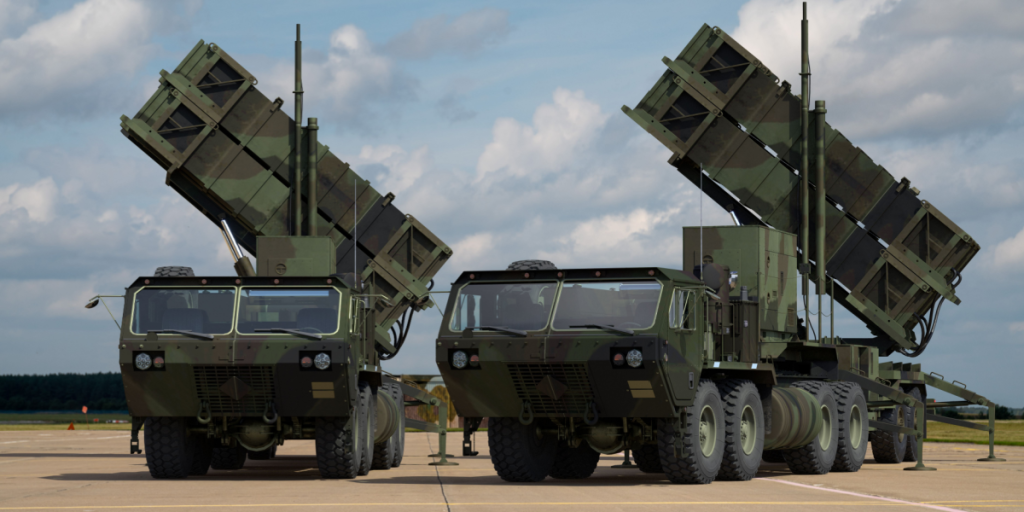
The U.S.-made Patriot missile system, known for high-precision targeting, struggles against fast, repeated hypersonic attacks.
Overwhelming such systems with a barrage of missiles could render them ineffective—and replenishing them is prohibitively expensive.
Also read
U.S. invests in massive defense projects

The report comes amid discussions of costly U.S. defense initiatives, including a proposed $175 billion missile shield known as the “Golden Dome.”
Critics argue that without faster weapons development, these projects may fall short of addressing the core threat.
Urgent reforms and global cooperation needed
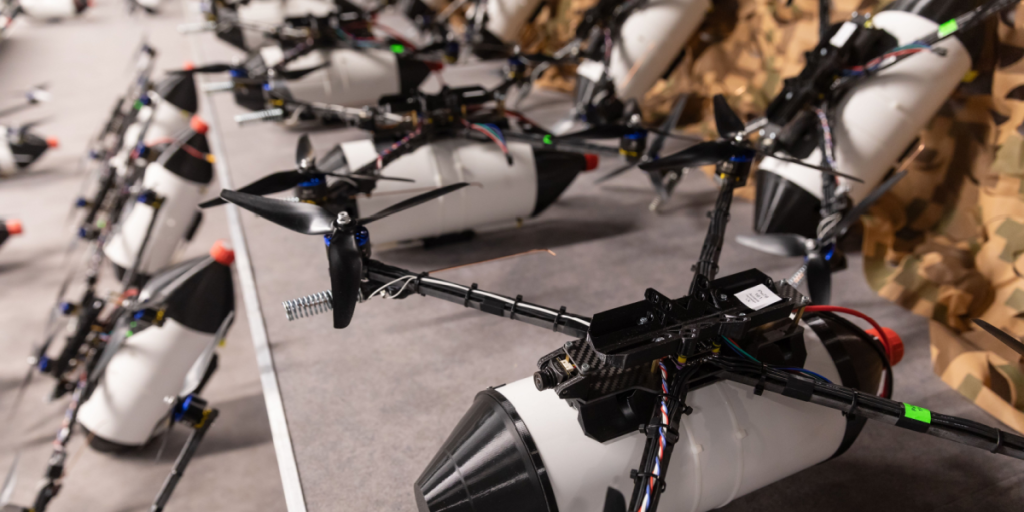
The report concludes with a clear message: Washington must pair rapid hypersonic deployment with long-term production changes and deeper international collaboration.
The U.S. also recently acknowledged it is lagging behind Russia in drone development, underscoring the broader need for modernization.


